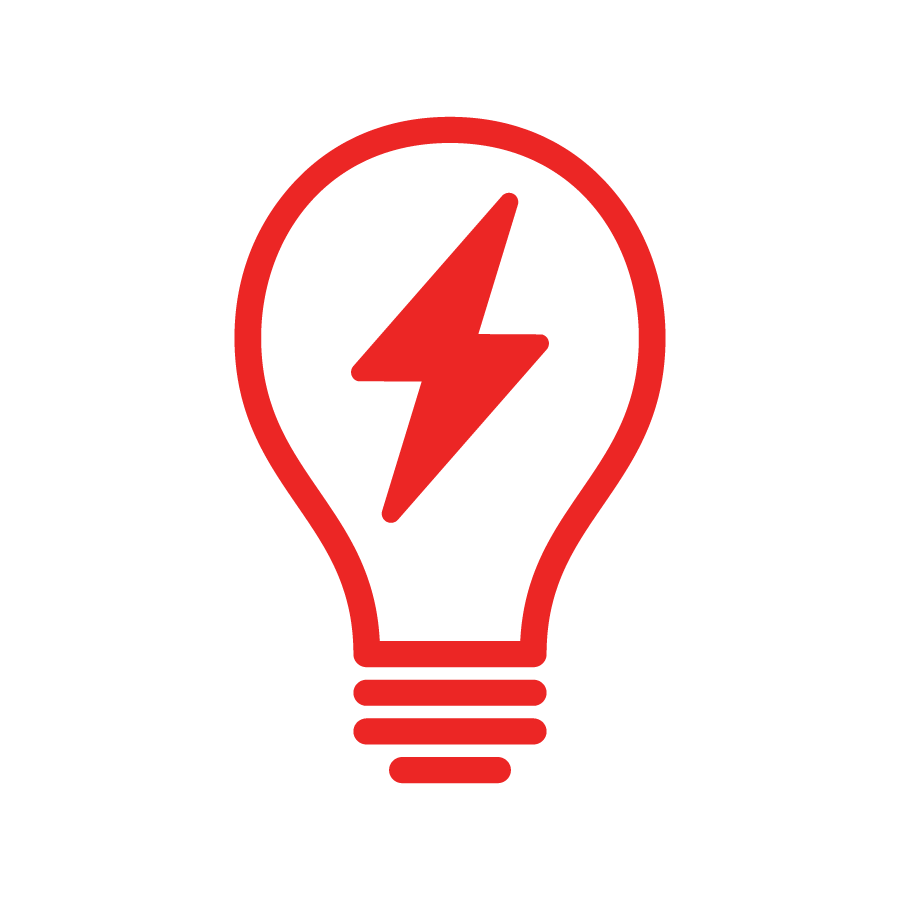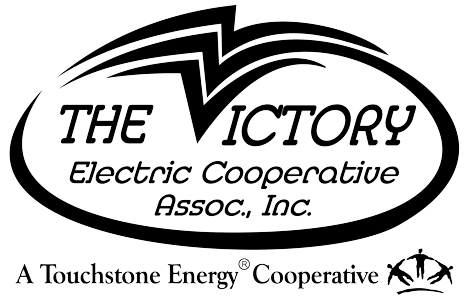If you are experiencing a power outage, please call our office at 620-227-2139 or 800-279-7915. Thank you!
What is Demand?
Demand is a charge to appropriately allocate costs to build, maintain, or upgrade the infrastructure (power lines, transformers, substation upgrades, etc.) needed to ensure enough energy is delivered to meet the members' needs. Demand is not the total amount of energy used; it is the rate at which it is being used. The charge is determined by the maximum demand of energy at any point within the billing cycle multiplied by the determined rate for a members' specific rate class.
Demand is the rate which a person utilizes electricity. Demand increases when many large power-hungry appliances operate simultaneously. In these instances, Victory Electric must have the infrastructure to ensure enough power is available to the members' home or business to satisfy their current need for immediate electricity.

How do I control or lower my demand?
Staggering the use of major appliances is the easiest way to manage your energy and demand charges.
When you consistently stagger the use of major appliances so they don’t run at the same time, you can keep your demand low.
Make it easier by utilizing technology that helps you remember to offset energy use like timers, delay start settings, mobile apps and programmable thermostats.

Avoid Peak Hours
During peak hours, spread out the use of major appliances rather than running them at the same time.
Do laundry and other chores that require significant amounts of electricity outside of peak hours, such as mid-day, later in the evening, or on weekends.
Purchase a programmable thermostat to reduce heating and air conditioning usage during peak hours.
Peak hours are typically considered 7-10 a.m. and 3-7 p.m. Monday-Friday (no weekends or major holidays)

Energy Demand
